Website Design and Development Buyer's Guide
Investing in a professional website is crucial for any business looking to establish an online presence. A well-designed website can enhance your brand image, improve customer engagement, and drive conversions. This guide will walk you through the key aspects of website design and development, helping you make informed decisions.


Website Design
Website design focuses on the visual aspects of your site. This includes layout, color schemes, typography, and overall aesthetics. A good design should be visually appealing, user-friendly, and reflective of your brand identity.
Website Development
Website development involves the technical construction of your site. This includes coding, creating a content management system (CMS), integrating functionalities, and ensuring the site is responsive and accessible on all devices.
How Does It Work?
- Planning and Research
- Understanding your business goals and target audience.
- Conducting competitor analysis and market research.
- Design Phase
- Creating wireframes and mockups for the layout.
- Selecting color schemes, typography, and visual elements.
- Development Phase
- Writing code for the website (HTML, CSS, JavaScript, etc.).
- Integrating the CMS and other functionalities.
- Testing and Launch
- Testing the website for bugs and issues.
- Launching the site and ensuring smooth operation.


How Long Does It Take to See Results from Website Design and Development?
The timeline for seeing results from a new website can vary, but here are some general expectations:
- Immediate Results: Improved user experience and engagement, better aesthetics, and enhanced brand image.
- Short-Term Results (1-3 months): Increased traffic due to improved SEO, higher engagement, and reduced bounce rates.
- Long-Term Results (6-12 months): Higher conversion rates, improved search engine rankings, and increased customer loyalty.
Learn How It Works with Examples
E-commerce Website
- Objective: Increase online sales and improve user experience.
- Approach: Implementing a responsive design, easy navigation, and a secure checkout process.
- Results: A 30% increase in sales within three months of launch.
Corporate Website
- Objective: Enhance brand image and provide information about services.
- Approach: Creating a professional design, incorporating a blog, and integrating contact forms.
- Results: A 40% increase in website traffic and a 20% increase in client inquiries within six months.
